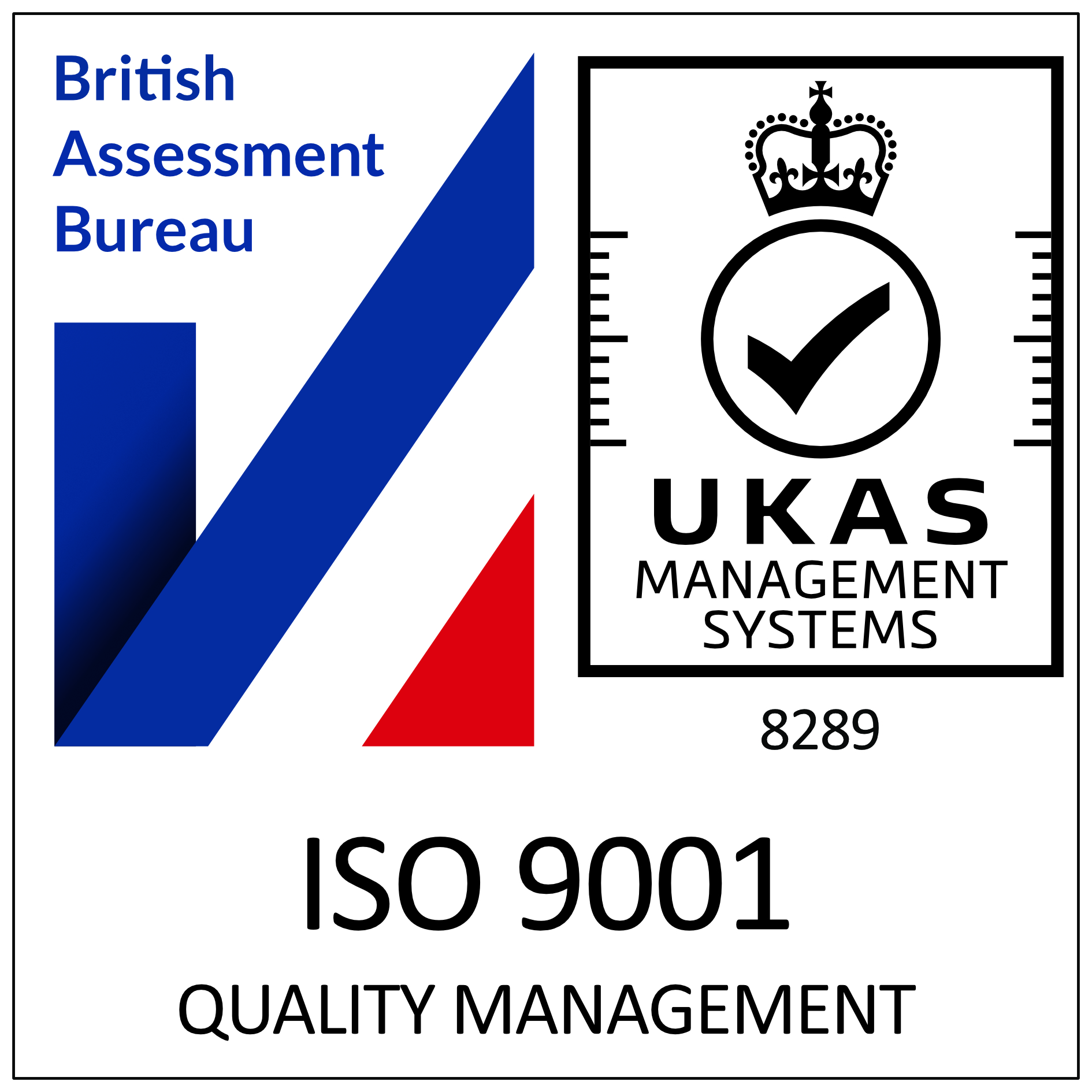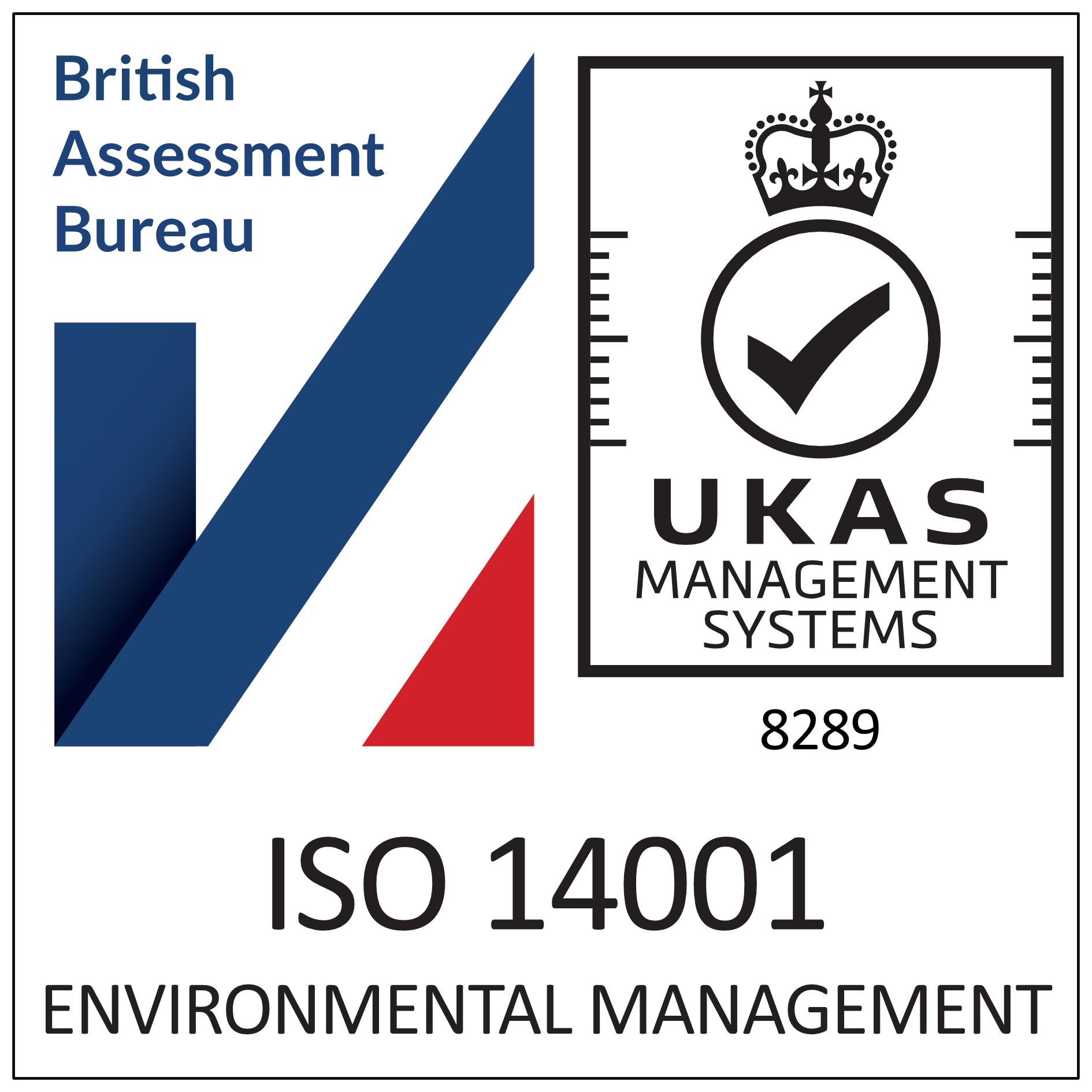Fire Emergency Evacuation Plan – FEEP
A fire Emergency Evacuation Plan, or FEEP, is an essential document in any workplace or premises. It outlines what action must be taken in the event of an outbreak of fire, including details on contacting emergency services. A FEEP is designed specifically for an individual workplace, so it can contain any additional information that is relevant to the business or organisation.
The Responsible Person within any premises (often the business owner or manager, or a nominated member of staff) must be trained in fire safety and create a Fire Action Plan. Some points to consider include:
What somebody should do if they discover a fire
If anybody discovers a fire they should sound the alarm as quickly and calmly as possible
The best way to contact the fire brigade
Some fire alarms automatically alert the fire brigade but, if this is not the case, members of staff should know how to contact the emergency services quickly and efficiently.
How vulnerable people, e.g. disabled or frail people, or children, should be evacuated
Advance planning should always take people who have limited mobility, or those who may need support to evacuate, into consideration. This can take the form of a Personal Emergency Evacuation Plan (PEEP).
What to do if the fire alarm sounds
All members of staff should be trained on what to do in the event of a fire alarm. This might include evacuating the building or helping members of the public to safety.
Where fire extinguishers or other pieces of firefighting equipment are situated
Staff should be trained in fire safety and made aware of where this equipment is located in a building. In addition, equipment and extinguishers should be clearly signposted, with instructions about the types of fire they are safe to use on.
How best to evacuate the building
In most circumstances, a simultaneous evacuation is called for. This means that, on hearing the fire alarm, everybody in the building makes their way outside to a place of safety. However, in particular kinds of premises and organisations, vertical phased evacuations, silent alarms, or ‘defend in place’ procedures are sometimes recommended, such as hospitals and care homes.
Details of escape routes
Members of staff should have received training on the most suitable escape routes to use in an emergency. However, to assist in the event of panic, and to help visitors or members of the public who are on scene, escape routes should also be clearly signposted.
Where to assemble after a building is evacuated
Places of assembly should be pre-planned and well signposted, and be familiar to all members of staff. Roll calls should take place when people have assembled outside and reported to the person in charge of liaising with the fire service.
Assembly points should be a safe distance from the building, but close enough that people in charge can account for who is there, and report to the fire service easily. There should be enough room for everybody who might need to evacuate.
Who the fire wardens are
Fire wardens should be trained in emergency evacuation procedures as well as general fire safety and prevention, and how to use fire extinguishers.
The training members of staff should undergo, and how regularly it should take place.
The procedures outlined in a FEEP should be based on a detailed risk assessment that has been carried out by somebody trained in fire safety and fire evacuation.
Having a comprehensive FEEP in place will help to streamline a safer evacuation in the event of a fire, and when members of staff and visitors understand what they need to do, this can reduce panic and confusion. Enabling an effective and efficient evacuation increases safety and allows the emergency services to work unimpeded, improving the outcomes for both people and property.








